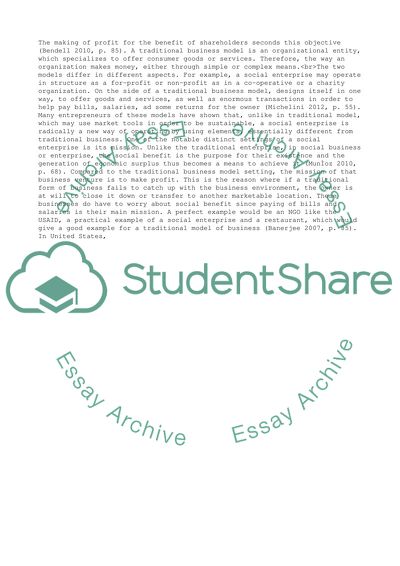Cite this document
(Social enterprise Assignment Example | Topics and Well Written Essays - 2000 words, n.d.)
Social enterprise Assignment Example | Topics and Well Written Essays - 2000 words. https://studentshare.org/business/1825544-social-enterprise
Social enterprise Assignment Example | Topics and Well Written Essays - 2000 words. https://studentshare.org/business/1825544-social-enterprise
(Social Enterprise Assignment Example | Topics and Well Written Essays - 2000 Words)
Social Enterprise Assignment Example | Topics and Well Written Essays - 2000 Words. https://studentshare.org/business/1825544-social-enterprise.
Social Enterprise Assignment Example | Topics and Well Written Essays - 2000 Words. https://studentshare.org/business/1825544-social-enterprise.
“Social Enterprise Assignment Example | Topics and Well Written Essays - 2000 Words”. https://studentshare.org/business/1825544-social-enterprise.


